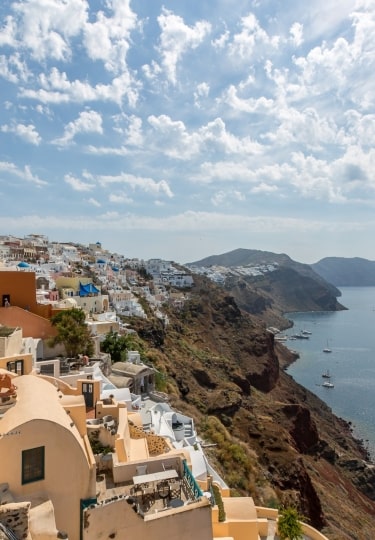Whether you’re a professional or amateur photographer, or somewhere in between, taking photos can be one of the most exciting aspects of travel. From magnificent UNESCO World Heritage Sites to stunning landscapes, the world is filled with awe-inspiring places that are a dream to photograph.
From the famous Machu Picchu in Peru to Italy’s Amalfi Coast, bring your camera along to the 20 most beautiful places to photograph in the world.
Amalfi Coast, Italy
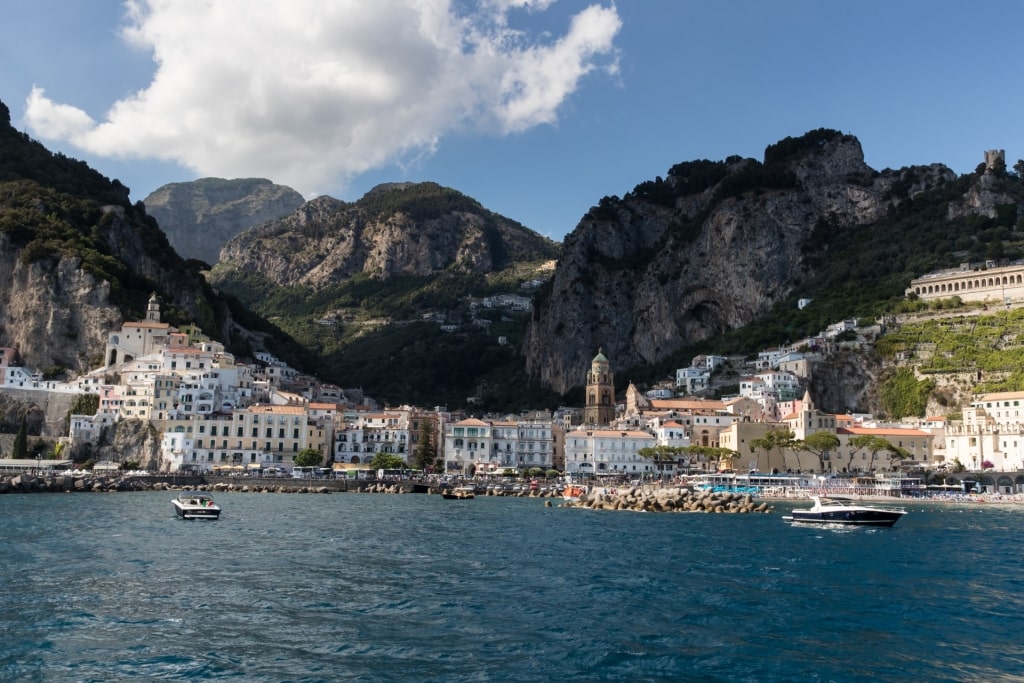
Amalfi Coast, Italy
Italy is one of the world’s most photogenic places and the UNESCO World Heritage Site of the Amalfi Coast is a prime example of its sheer beauty.
Celebrated as one of the most gorgeous coastlines of any country, the Amalfi Coast sits on the Sorrentine Peninsula in Southern Italy, along the sparkling Tyrrhenian Sea.
Made up of 13 vibrant villages built into the cliffside, it’s known for amazing beaches, steep, meandering roads, terraced vineyards, and fragrant lemon groves.
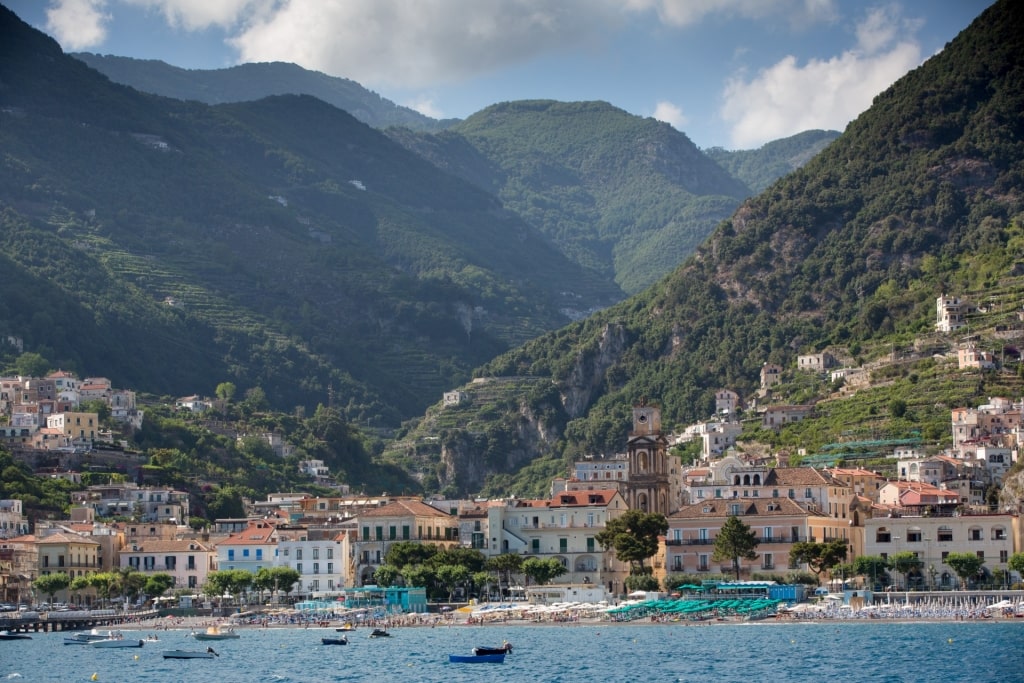
Positano, Italy
Each village of the Amalfi Coast is unique, with its own character and look, making it a treat to photograph any time of day.
Some of the most famous Amalfi Coast towns include Positano, Ravello, and Amalfi. Drive the main road village to village, wander the streets or beaches, or go out on a boat tour for some of the best vantage points with your camera lens.
Machu Picchu, Peru
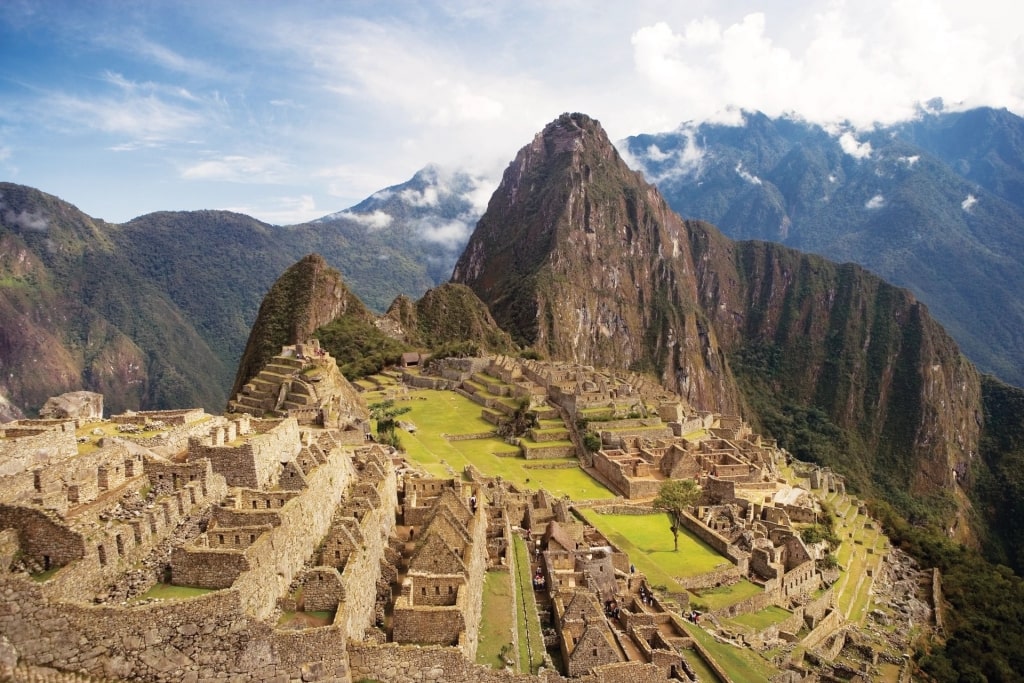
Machu Picchu, Peru
You’ll want a wide-angle lens to capture the magic of Peru’s ancient citadel against the dramatic landscape of the Andes Mountains. This UNESCO World Heritage Site is one of the most photographed landmarks in the world, with Inca ruins dating back to the 15th century.
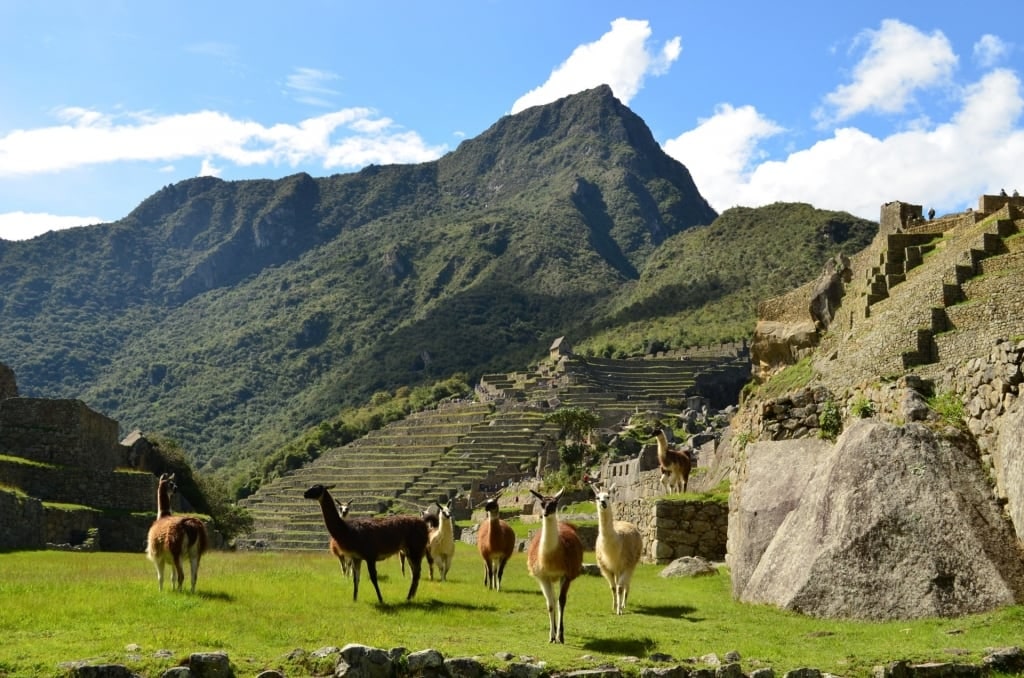
Machu Picchu, Peru
Set high above the Urubamba River valley, this South American landmark offers endless photography opportunities from large-scale landscape shots and tighter mountain images to ancient stone architecture and shaggy-coated alpaca.
Due to the high altitude position of Machu Picchu, the weather is subject to change quickly and creates a moody backdrop with rolling fog and even rainbows, making it an exhilarating photography challenge and reward.
Banff National Park, Canada
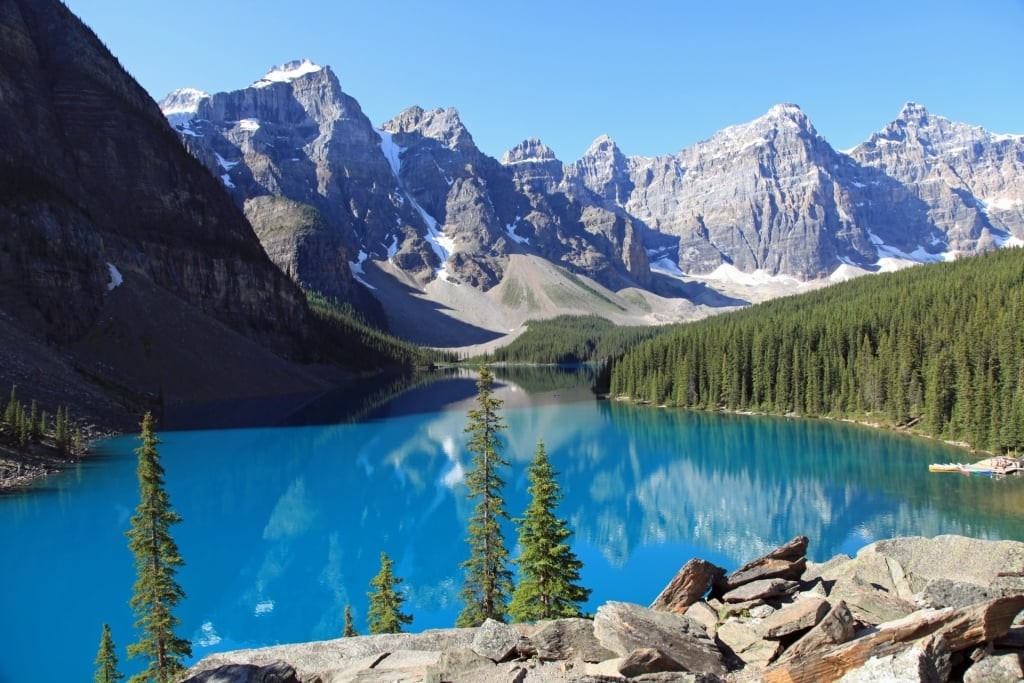
Banff National Park, Canada
Dramatic landscapes await in Banff National Park, home to the Canadian Rockies, mirror-smooth alpine lakes, and wildlife.
Whether you visit Lake Louise or hike one of the many trails to a scenic viewpoint, the photographic opportunities in this beautiful national park are seemingly endless.
Great photo spots include the three Vermilion Lakes, backed by the Canadian Rockies, Lake Louise, Two Jack Lake, the Icefields Parkway, Sulfur Mountain viewpoint, and The Three Sisters, a famous mountain peak trio.
Keep your lens poised to capture wildlife in action as well; moose, grizzly bears, elk, owls, and much more may make an appearance.
Read: Best Things to Do in Downtown Banff
Old Town, Dubrovnik, Croatia
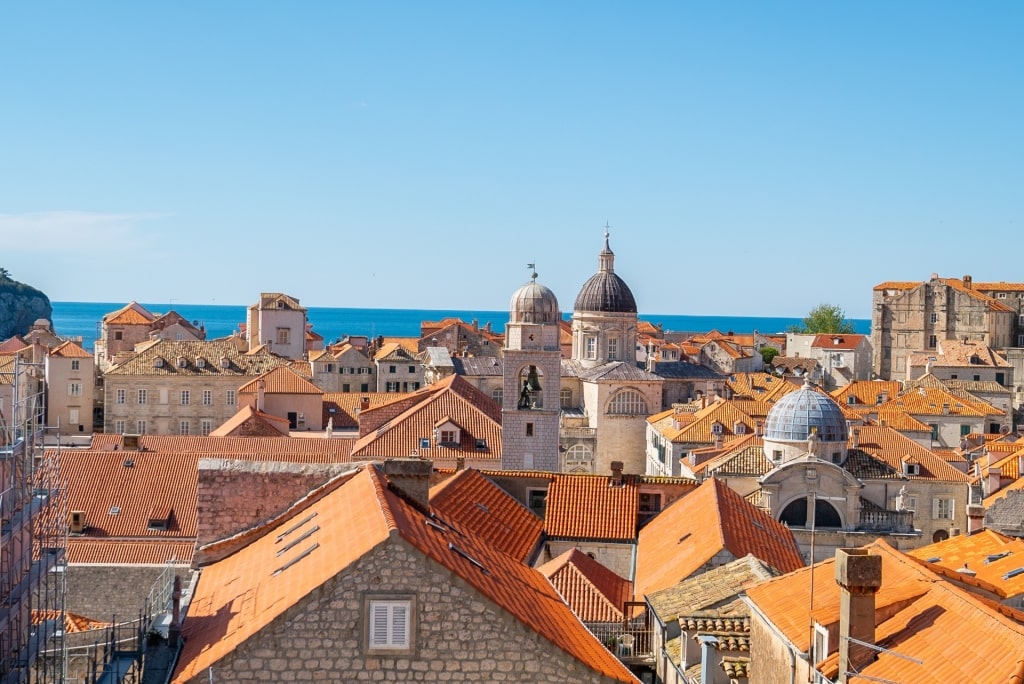
Old Town in Dubrovnik, Croatia
The ancient medieval streets and seaside splendor of Dubrovnik make it a treat to explore and photograph.
Old Town Dubrovnik is a maze of stone streets within the city walls with landmarks such as the Floce Gate, Rector’s Palace, and Luza Square. You won’t want to put your camera down as you wander around this old city filled with history and charm.
Stroll around the chunky ramparts to get a shot of the clustered terracotta roofs of the old city, and take the cable car up Srd Hill, behind the city, for that iconic shot of the walled town against a backdrop of the glittering Adriatic.
Oia, Santorini, Greece
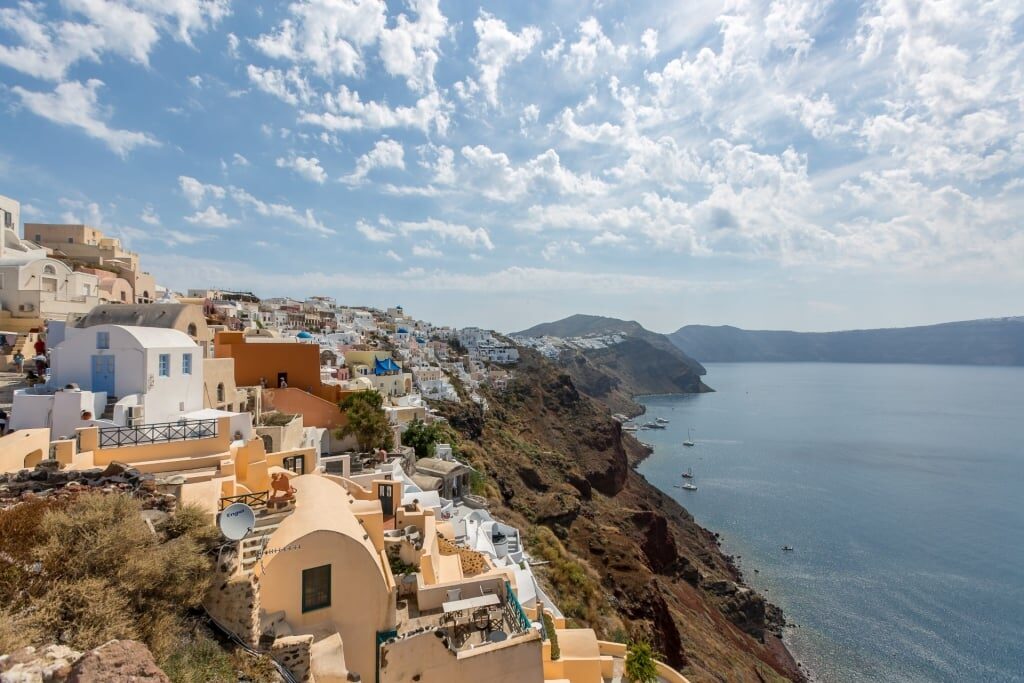
Oia in Santorini, Greece
Head to one of the most beautiful islands in the world, volcanic Santorini, and uncover incredible photo opportunities.
Oia is located in the northern region and draws travelers with the allure of whitewashed, cube-shaped houses and blue-domed churches, brilliant against the deep blue sea.
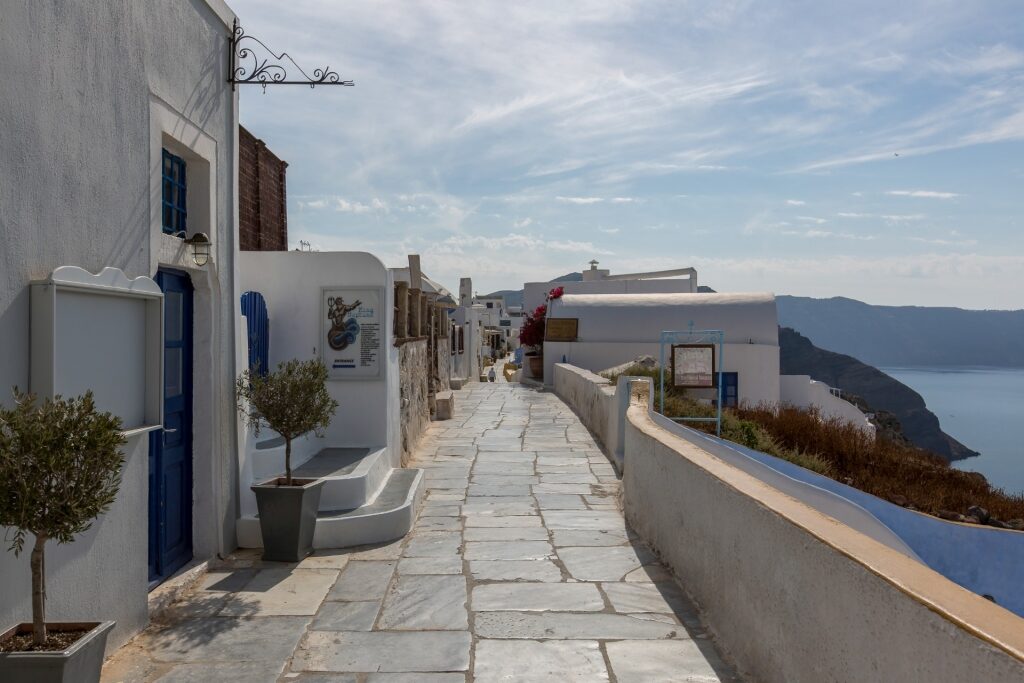
Oia in Santorini, Greece
The fiery sunsets of Santorini bring crowds every evening for Mother Nature’s show as well. The views from Oia also take in the famous caldera and sheer, black-and-red cliffs.
The combination of charming streets, a hillside of stacked white buildings, and the sea, are the dream when it comes to shooting amazing photos.
Eiffel Tower, Paris, France
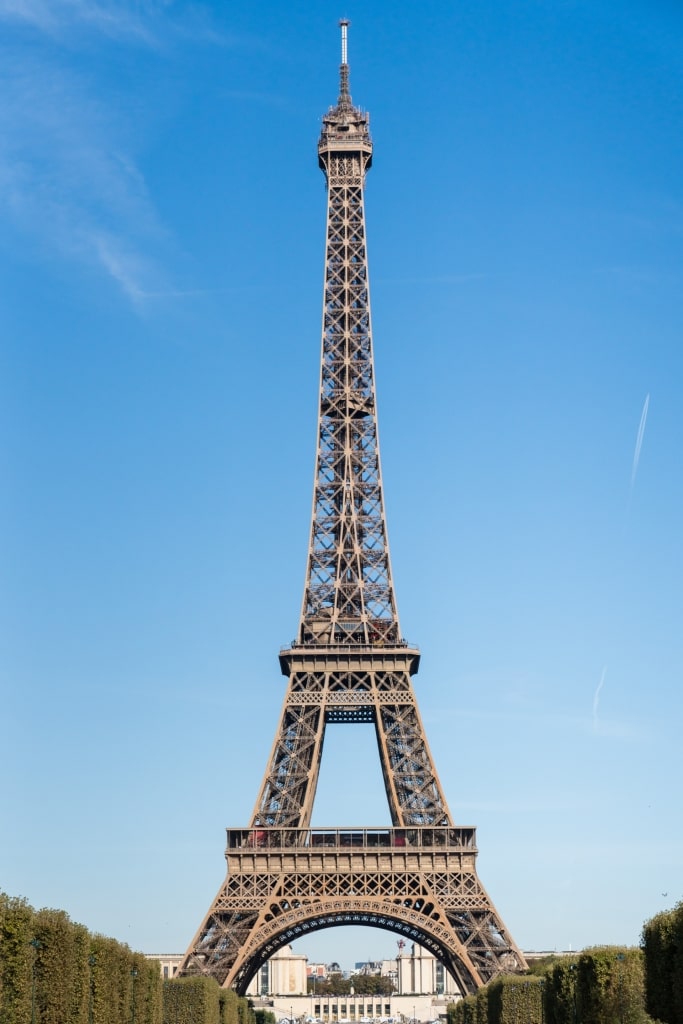
Eiffel Tower, Paris
Photograph one of the most famous landmarks in the entire world when you visit Paris.
Constructed as the star attraction for the 1889 World’s Fair, the impressive wrought-iron lattice tower soars more than 1,000 feet into the sky and attracts endless photographers hoping to capture its beauty with the city backdrop.
Other than using a wide-angle lens to photograph this iconic Parisian landmark from below, there are many other viewpoints where you can get fantastic shots.
Place du Trocadero is on the opposite side of the Seine River, and the open plaza provides an excellent vantage point for taking photographs incorporating the tower.
Angkor Wat, Cambodia

Angkor Wat, Cambodia
Photographing the largest religious monument in the world is an exciting endeavor while visiting Angkor Wat in Cambodia. One of the best places to visit in Asia, the temple complex in Siem Reap is host to several 12th-century temples, many of which are still intact, albeit overrun with jungle.
Bring a wide-angle lens and capture the splendor of these ancient temples. Some of the most popular to photograph are the giant Angkor Wat temple; come at sunrise to capture the ancient facade reflected in the adjacent lake. Ta Prohm, a temple overgrown by trees, is also wonderfully photogenic.
Fiordland National Park, New Zealand
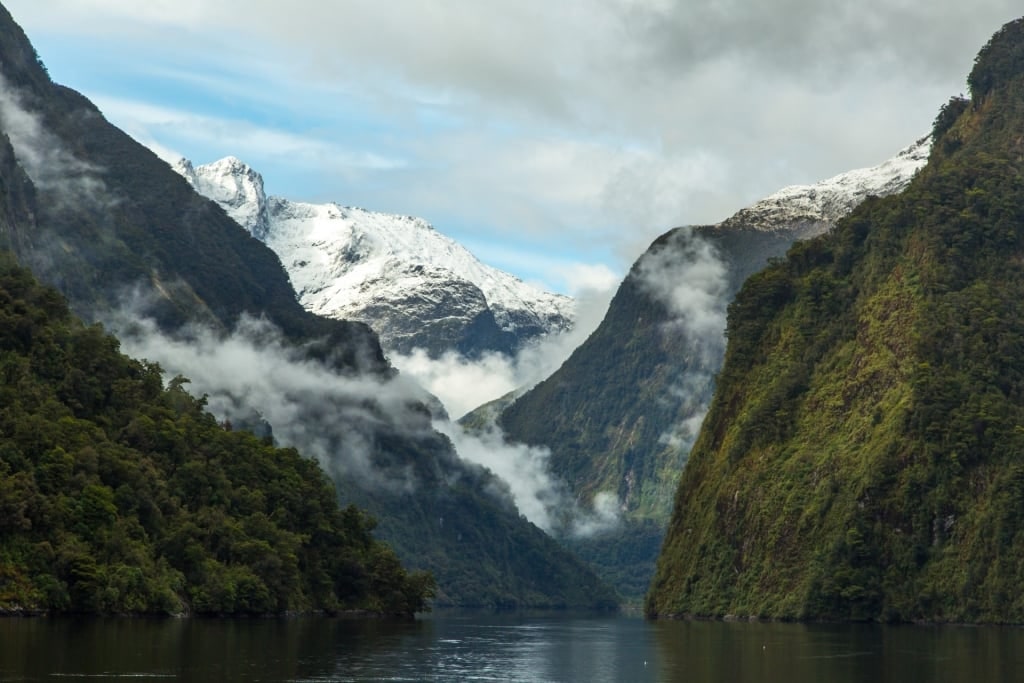
Milford Sound in Fiordland National Park, New Zealand
Located in the southwestern region of New Zealand’s South Island, Fiordland National Park is a dream for landscape photographers.
Whether you road trip, hike, or hop on a boat, the photography opportunities are seemingly endless as you absorb the spectacular setting of mountains, fjords, alpine lakes, and waterfalls.
From the awe-inspiring fjords of Milford and Doubtful Sounds to trekking along some of the famous sections of the Great Walks or shorter day walks, you’ll have plenty to capture.
The Pyramids & Sphinx of Giza, Egypt
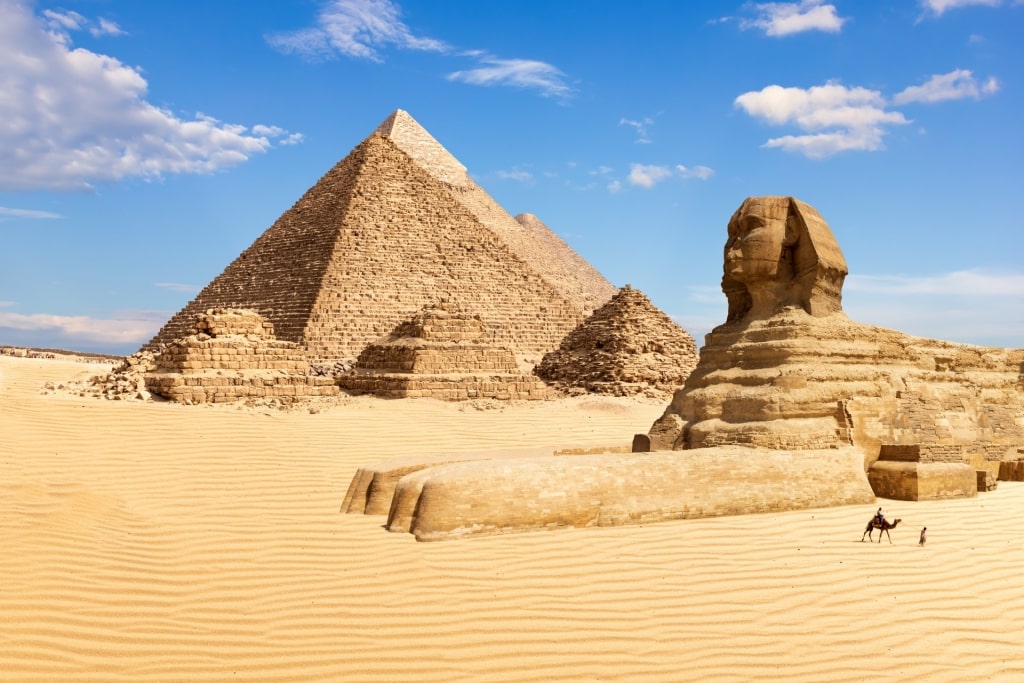
Pyramids & Sphinx of Giza, Egypt
Egypt’s ancient pyramids are atop many photographers’ lists of the most beautiful places to photograph in the world.
Just outside of Cairo, the three famous Pyramids of Giza and the giant, weathered Sphinx sculpture are one of the most coveted shots for photographers.
With a desert backdrop if you get the right angle, the lure is strong for taking pictures of this ancient architectural wonder built by Pharaohs 4,500 years ago.
Due to the strong sun rays and high potential for blowing sand or dust, it’s wise to bring a polarizer or UV protection for your lens as well as a scarf to protect against dust particles.
Bear in mind that if you want to add context by getting a camel owner to pose in front of a pyramid, you’ll need to offer “baksheesh”, or a tip.
Mt. Fuji, Japan

Mt. Fuji, Japan
Conical Mt. Fuji is one of Japan’s most famous landmarks. The mysterious and active volcano is a dream subject for many photography enthusiasts.
Because of its massive size, there are many spots nearby where it can be captured. You’ll need to visit in fall, winter or early spring to catch the mountain with its cap of snow.
Lake Kawaguchi is one of the popular viewpoints at the base of the mountain. The combination of the lake and the volcano makes for a stunning panorama.
Saiko Lake is the other main viewpoint that photographers love, with the Chureito Pagoda in frame as a major bonus.
Ha Long Bay, Vietnam
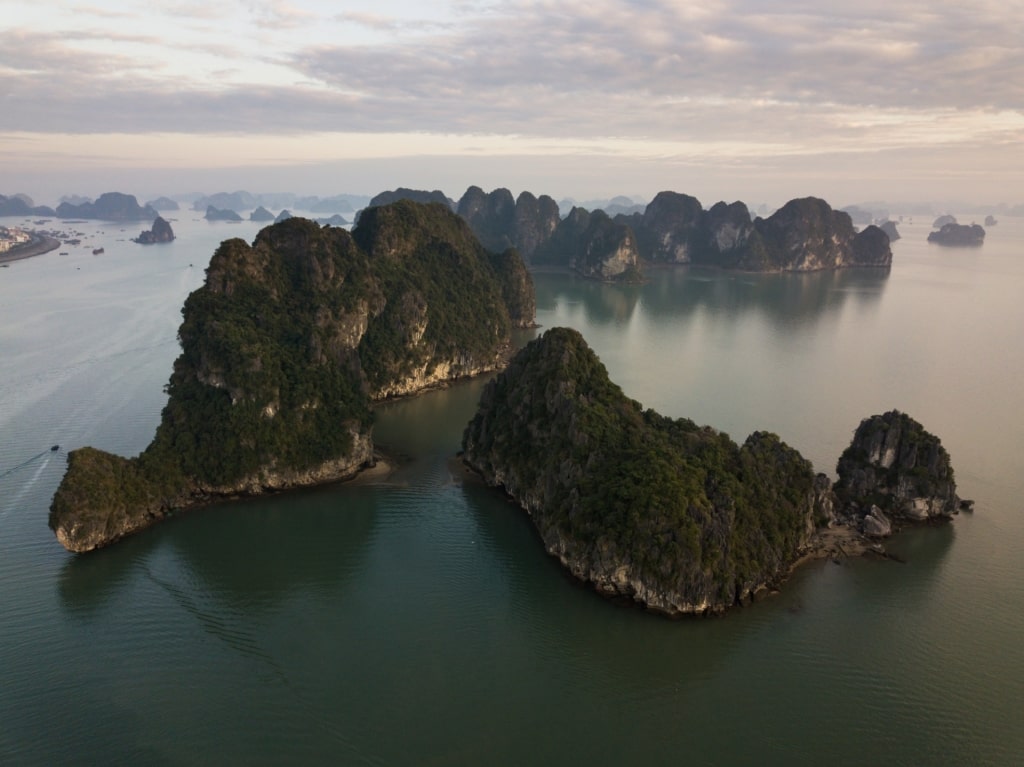
Ha Long Bay, Vietnam
The UNESCO World Heritage-designated Ha Long Bay is a photographer’s playground.
Some 1,600 soaring limestone rock formations jut out of the azure water, with fishing boats, caves to explore, hidden beaches to visit, and much more. Venture out on a boat tour with your camera and allow the scenery to mesmerize you and your lens.
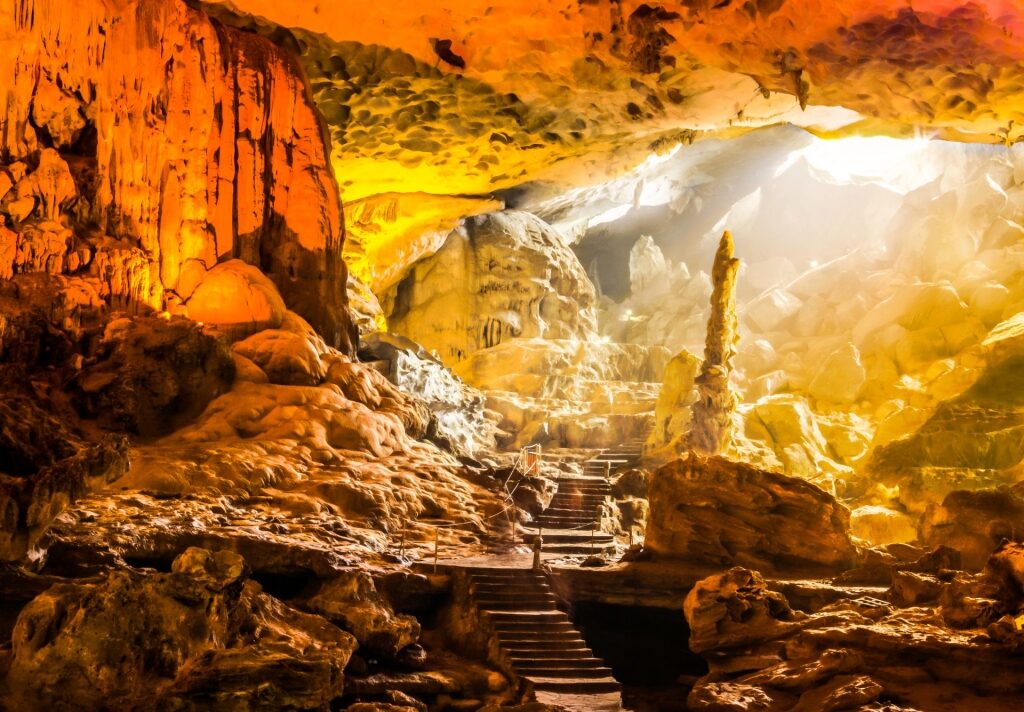
Sung Sot Cave, Vietnam
Wander through the beautiful cave of Sung Sot, complete with walkways and colored lighting, or hop off the boat at Bo Hon Island, where verdant rainforest and dramatic cliffs provide amazing scenery to take landscape images.
Ha Long Bay is often shrouded in mist in the early morning, which simply adds to its beauty and mystique.
Gullfoss, Iceland
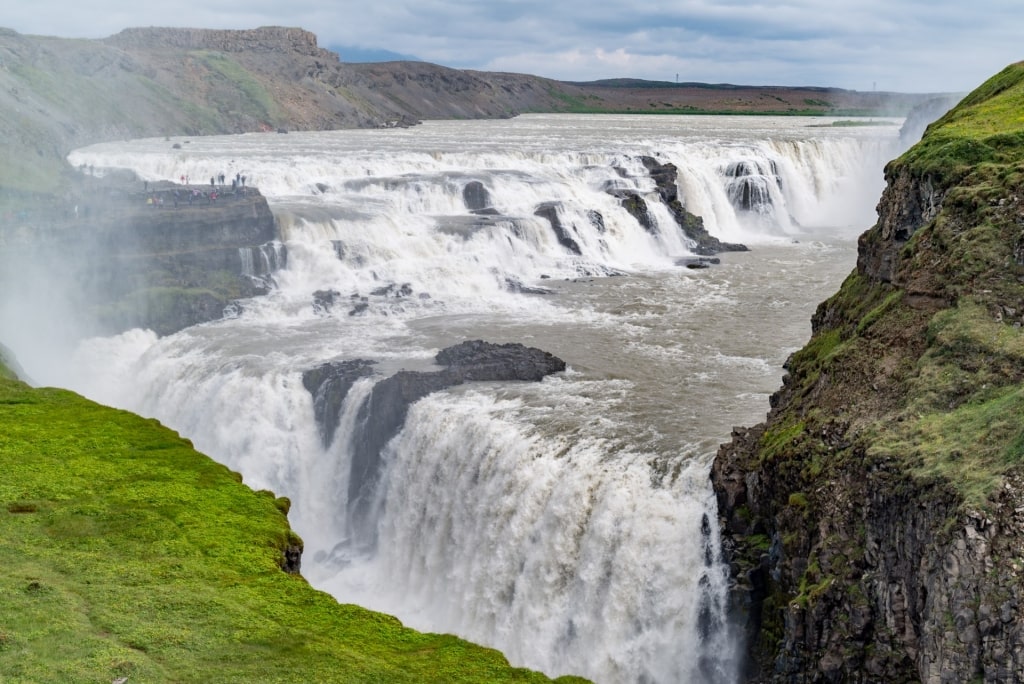
Gullfoss, Iceland
One of the main highlights of Iceland’s Golden Circle, Gullfoss is a giant thundering waterfall located less than two hours from the capital city of Reykjavik.
The powerful water is sourced from the Hvita River and Langjokull Glacier before dramatically cascading into a huge canyon. It’s an easy walk from the parking area and there are two main sides to visit for photos.
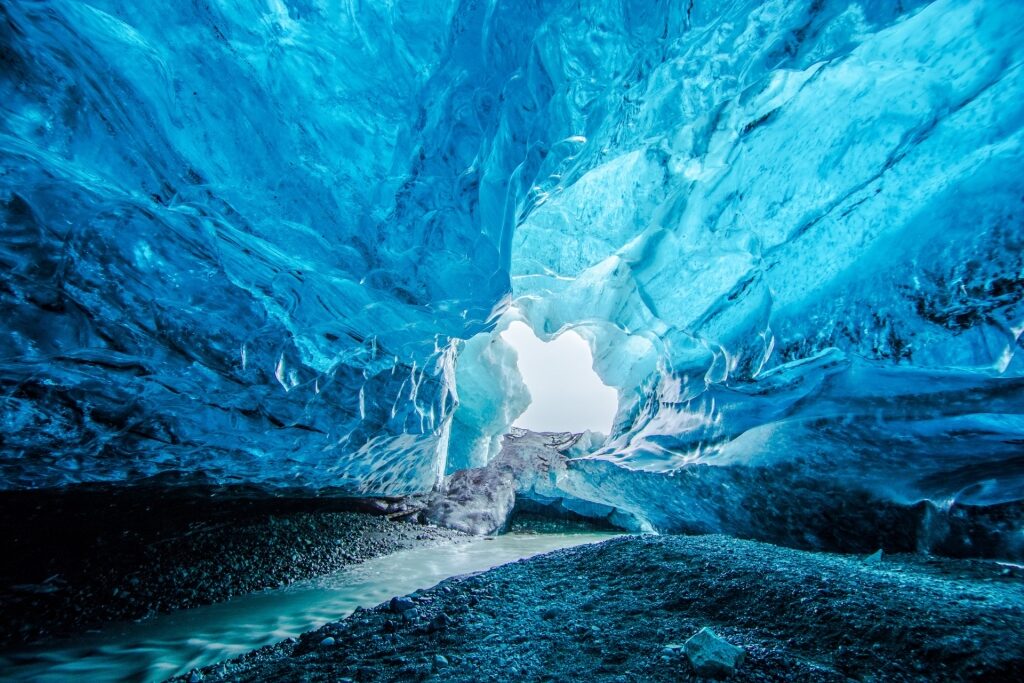
Langjokull Glacier
It’s wise to bring some sort of waterproof protection for your camera as mist from this famous Icelandic waterfall will spray you, depending on how the wind blows.
Occasionally, with the right light, you might even capture a rainbow across the falls, which just adds to the allure of one of the most photogenic places in the world.
Lake Bled, Slovenia
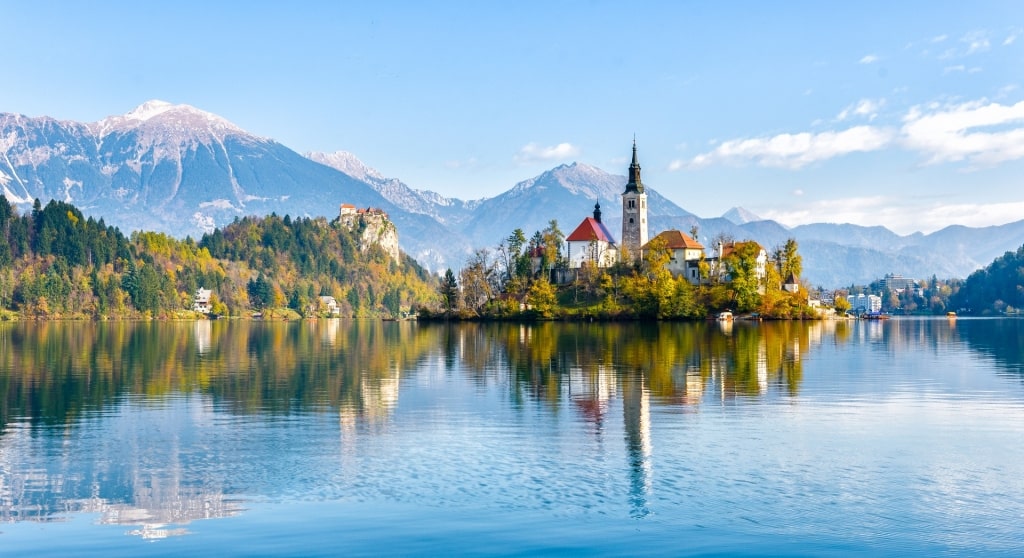
Lake Bled, Slovenia
Photograph a fairytale scene at Lake Bled, Slovenia. Located in the stunning Julian Alps region of Slovenia near Koper, Lake Bled is a photographer’s dream with mountains, water, a castle, and an island with an old church.
The blue-green European lake offers many viewpoints around the shoreline to take photographs, and for the most well-photographed view, head up to the Bled castle, which is perched above the lake and offers a higher vantage point.
Additionally, hopping in one of the guided boats to the island is a great way to capture more unique photos.
Fairbanks, Alaska
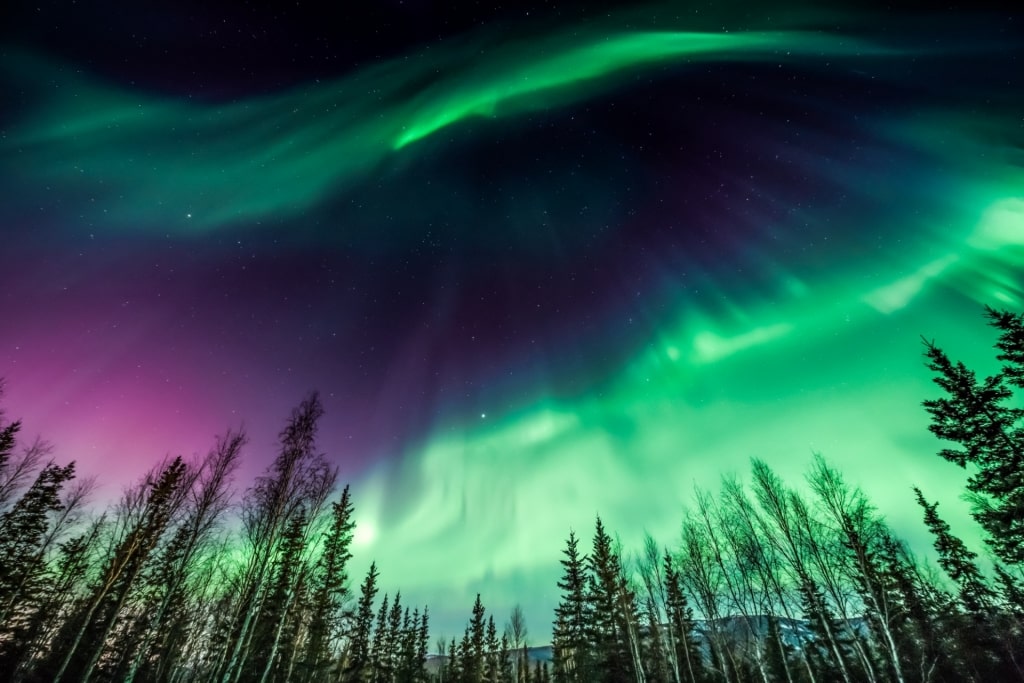
Northern Lights in Fairbanks, Alaska
For those interested in photographing the Northern Lights, a trip to the northern interior town of Fairbanks, Alaska is in order.
Fairbanks has ideal conditions for northern lights viewing due to its position in the Auroral Oval, and the season stretches from the end of August until mid-April, which gives you abundant opportunities to capture the magical dancing light show.
Christ the Redeemer, Rio de Janeiro, Brazil
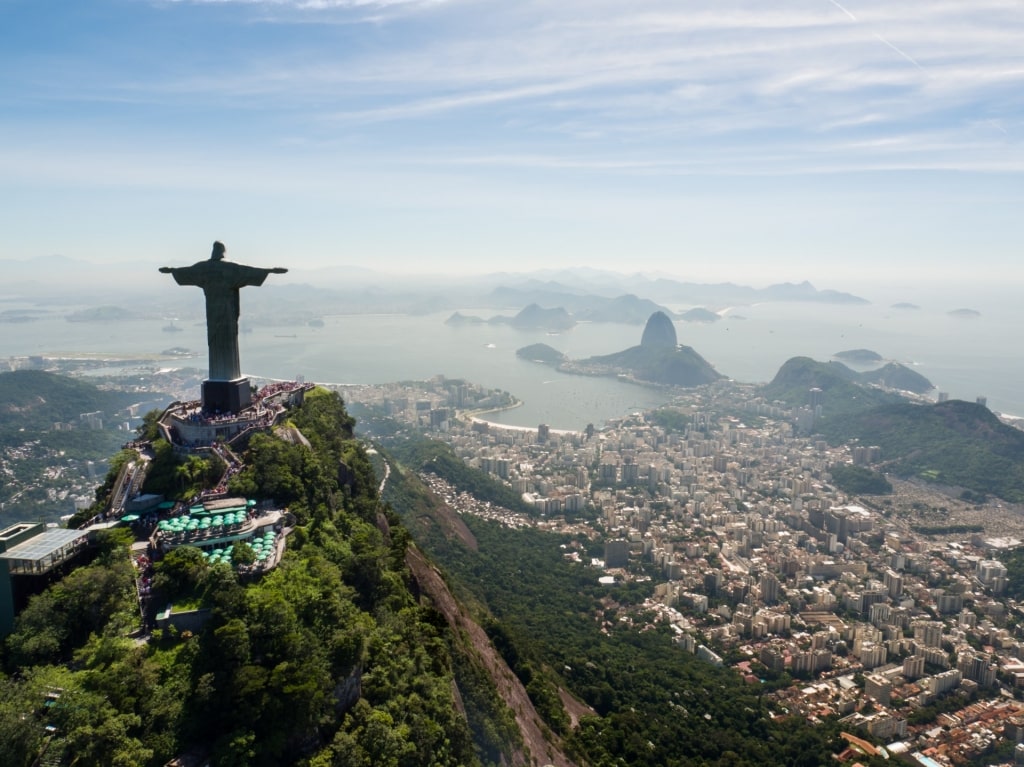
Christ the Redeemer in Rio de Janeiro, Brazil
The Art Deco statue of Christ the Redeemer is one of Rio de Janeiro’s most famous landmarks. It’s also one of the most photographed spots in Brazil.
Towering atop Corcovado Mountain, the breathtaking statue is almost 100 feet tall, accessed by car, taxi, or cog train. You’ll be greeted by 220 steps to reach the base of the statue.
The best time of day to take photos with ideal light is morning to early afternoon, avoiding the flatter light of midday. Two of the main vantage points are at the base of this Brazilian landmark with a wide-angle lens, and below the statue at Mirante Dona Marta.
Norwegian Fjords
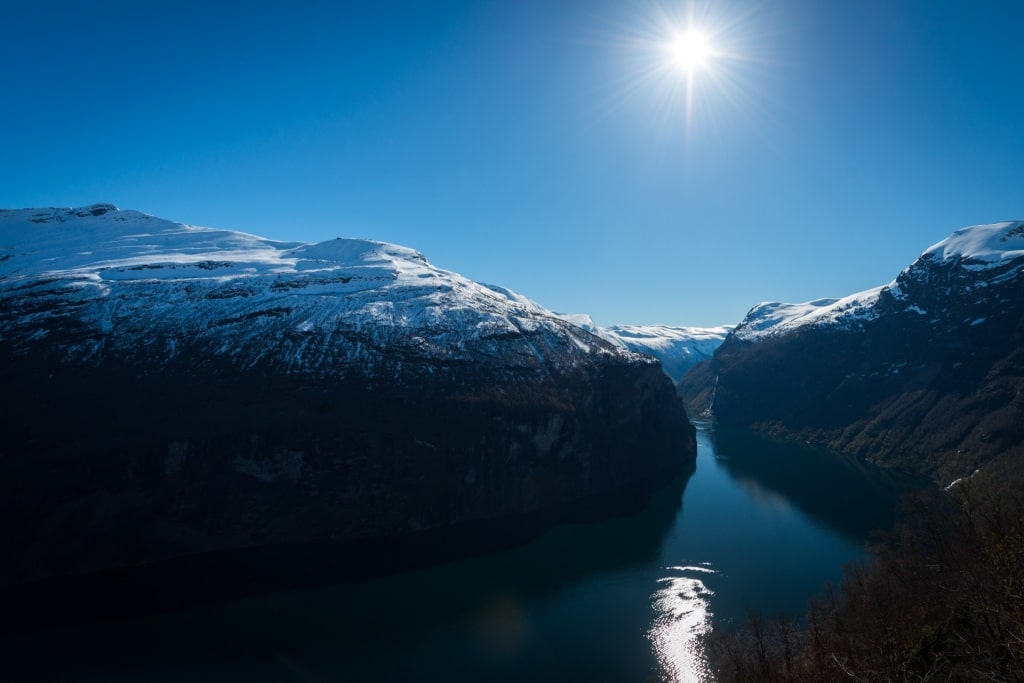
Geirangerfjord, Norway
The Norwegian Fjords are a dream for landscape photographers, with spectacular views, dramatic mountains and deep fjords dotted with tiny fishing villages.
Ribbon-like waterfalls tumble over vertiginous cliffs, while lush meadows are strewn with wildflowers in spring.

Aksla Viewpoint in Alesund, Norway
Some of the cities you’ll visit in the fjords are wonderfully photogenic, too. The Art Nouveau architecture of Alesund is a treat to photograph, whether you choose to wander the streets or hike up to the Aksla viewpoint.
Or stroll down to Bryggen the old waterfront, in Bergen to capture a shot of the colorful warehouses along the harbor.
Antarctica
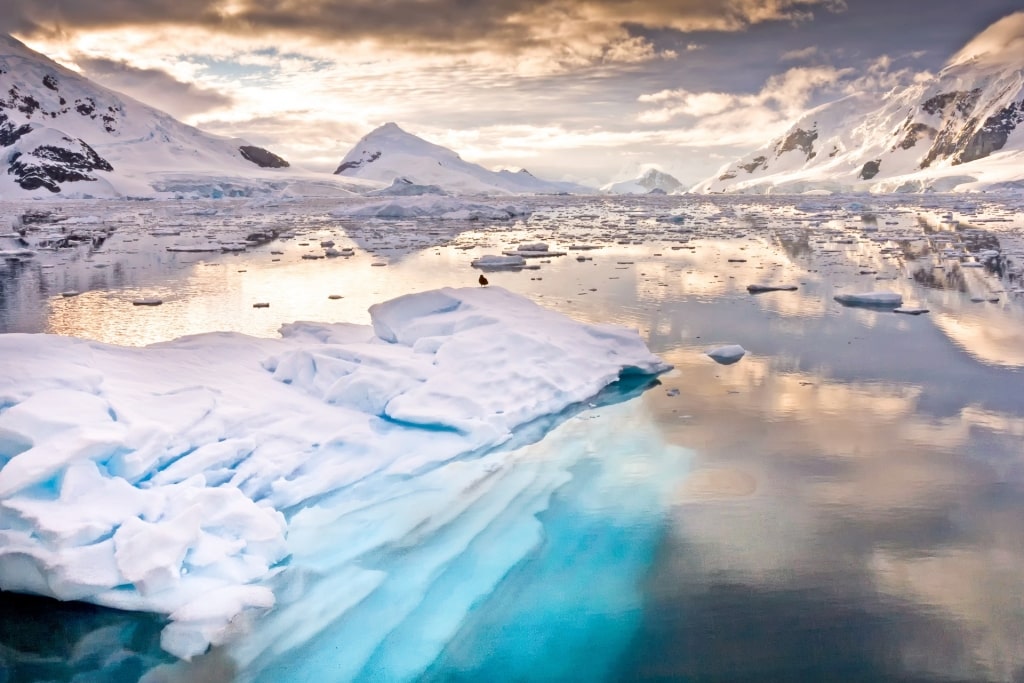
Paradise Bay, Antarctica
If marine life, icebergs, and remote destinations are at the top of your photography list, then you have enough reasons to visit Antarctica.
From glaciers to whales, penguins, and snow-draped mountains, the pristine landscape here is one of the most beautiful places to photograph in the world.
Get your camera ready to capture the magic of the bays in Antarctica and places like Elephant Island, Schollaert Channel, and the Gerlache Strait.
Twelve Apostles, Australia
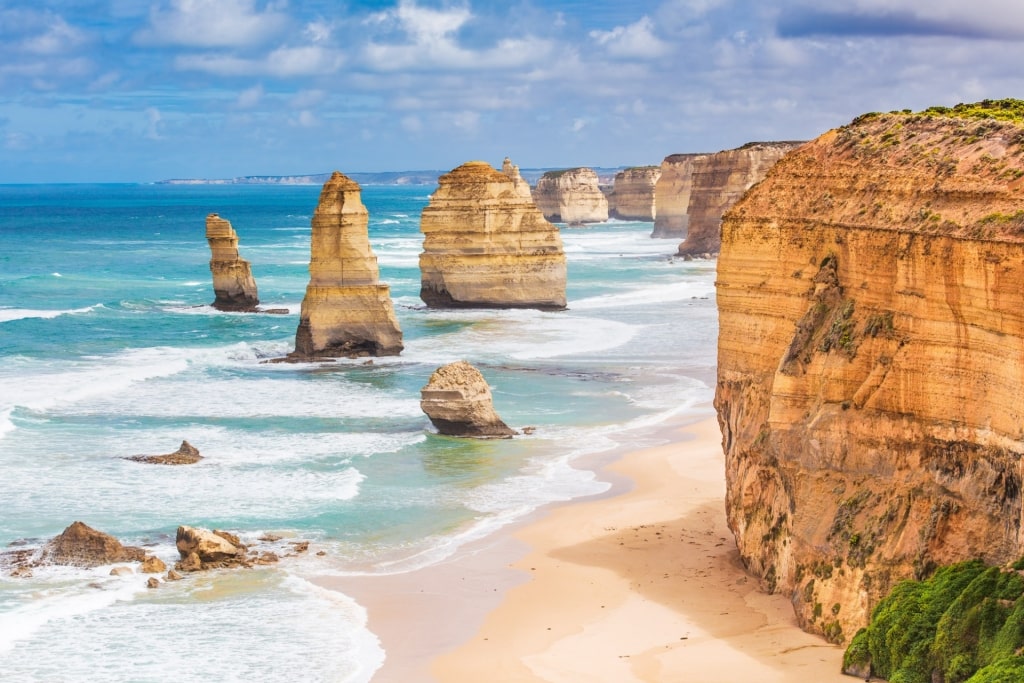
Twelve Apostles, Australia
One of Australia’s best-known natural wonders, the Twelve Apostles is one of the top highlights to photograph when venturing along the country’s Great Ocean Road, outside Melbourne.
Take photos at this marine national park in Princetown, of the towering limestone stacks formations emerging from the water, big rollers crashing around their bases.
The constant erosion by the wild Southern Ocean means these natural phenomena won’t last forever; indeed, there are actually only eight of the original 12 apostles standing.
Stonehenge, UK
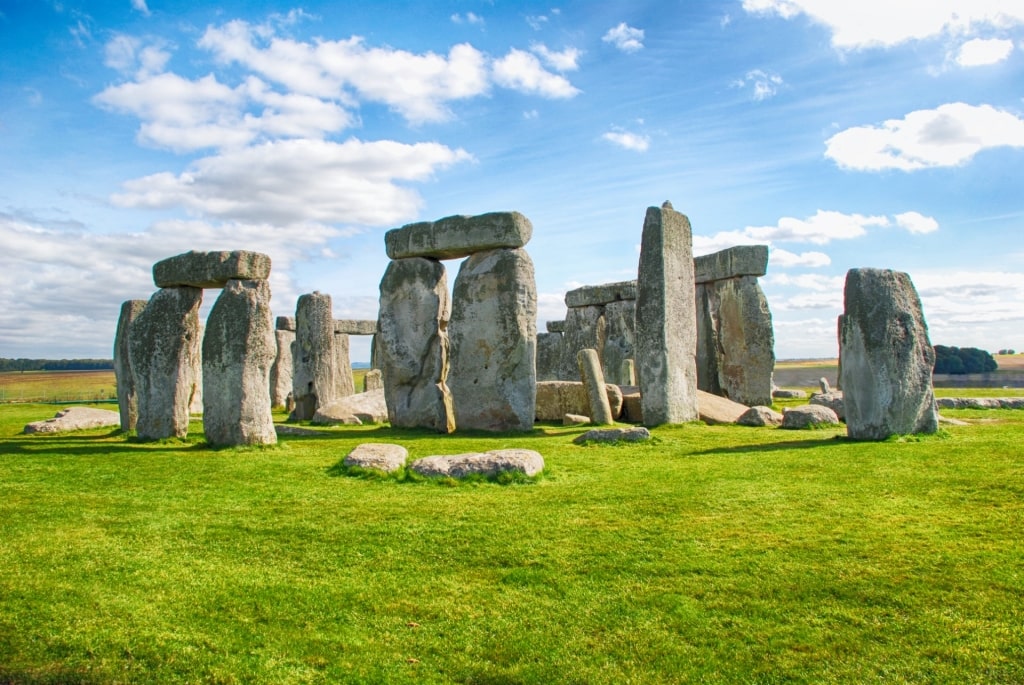
Stonehenge, UK
The prehistoric monument in Wiltshire, England is one of the top sites to photograph in Europe. A circular formation composed of giant stones that have a mysterious and unknown origin are believed to date back 5,000 years.
Nobody knows exactly who built Stonehenge, or why, or how the vast monoliths were transported to the site and erected. Historians believe the stone circle took hundreds of years to construct.
The famous European landmark is aligned with the sun on the solstices. Come on the Summer Solstice, when thousands of people gather to see the sun piercing the heart of the stone circle.
Taj Mahal, India
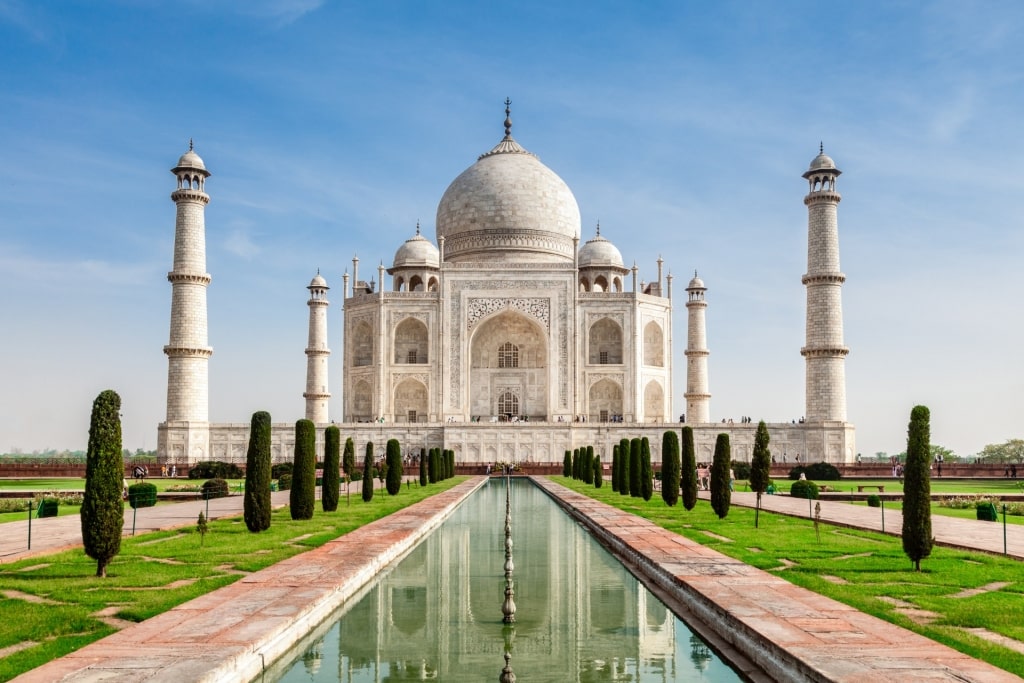
Taj Mahal, India
India’s 17th-century marble mausoleum and its gorgeous gardens are among the most photographed places in the entire world.
Bring a wide-angle lens for shots up close, and consider positioning yourself in different locations like the Moonlight Garden or Mahtab Bagh across the Yamuna River in order to escape the crowds and capture more of the scene with the Taj Mahal in frame.
Try to shoot some of the intricate detail, too. When you get close to the exquisitely inlaid marble designs, you’ll appreciate the incredible workmanship that went into the construction of this monument to love.
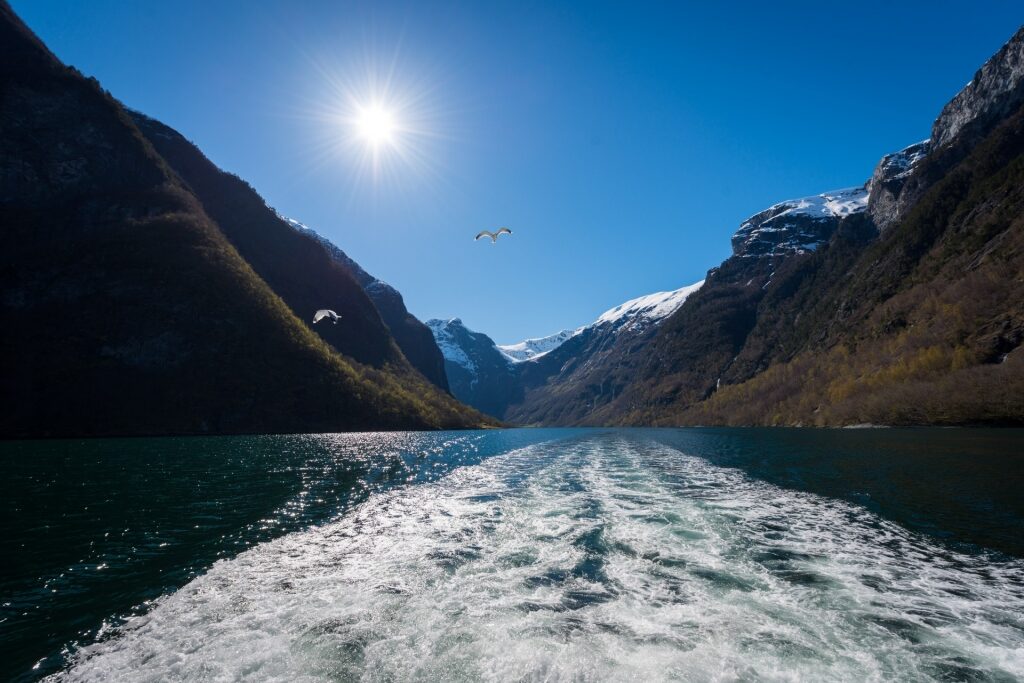
Naeroyfjord, Norway
A cruise is a fantastic way to photograph the most beautiful places in the world. Browse itineraries and book your dream photogenic destination today.
